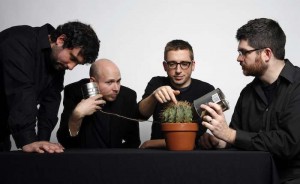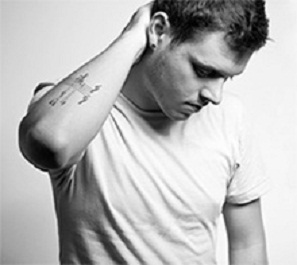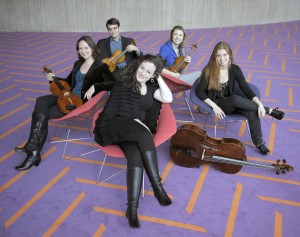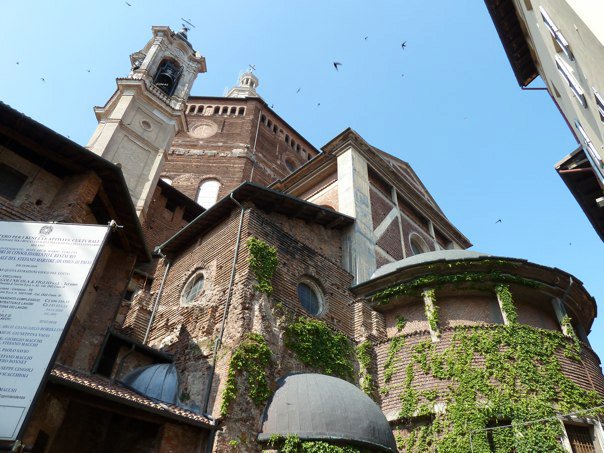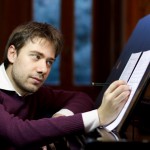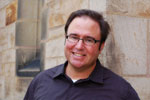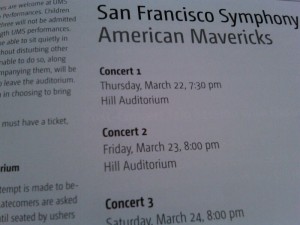 By now, the members of the San Francisco Symphony, their director Michael Tilson Thomas, and the rest of the musicians responsible for the orchestra’s magnificent “American Mavericks” Festival have left Ann Arbor for New York and the next stop on their tour: Carnegie Hall. In immediate relection, I’m confident the concerts lived up to the title bestowed upon it by Alex Ross: “the major musical event of the winter/spring season” – though, in Ann Arbor, I argue the “Mavericks” share that spotlight with January’s presentation of Einstein On The Beach.
By now, the members of the San Francisco Symphony, their director Michael Tilson Thomas, and the rest of the musicians responsible for the orchestra’s magnificent “American Mavericks” Festival have left Ann Arbor for New York and the next stop on their tour: Carnegie Hall. In immediate relection, I’m confident the concerts lived up to the title bestowed upon it by Alex Ross: “the major musical event of the winter/spring season” – though, in Ann Arbor, I argue the “Mavericks” share that spotlight with January’s presentation of Einstein On The Beach.
Immeasurable credit is due the Symphony and MTT for the sheer audacity of their programming and the high level of their performances. The music they shared with us energized Ann Arbor’s concertgoers to a level I’d never before witnessed, and I believe all those who attended feel indebted to the University Musical Society for bringing this once-in-a-generation event to our Midwestern haven.
In the mold of the 17 American composers featured on the tour, the Symphony’s four concerts were blisteringly unapologetic and daring – almost to a fault, in fact. Personally, the composers who shined the most in my ears were (in alphabetical order) Mason Bates, Henry Cowell, Lukas Foss, Meredith Monk and Carl Ruggles, but there was lots of music to go around for every concertgoer’s taste. I was heretofore uninitiated to the work of these last three composers, and, thanks to their pieces Echoi, Realm Variations and Sun-Treader (respectively), I am determined to listen to Mr. Foss, Ms. Monk and Mr. Ruggles’ music more regularly.
Before last week I was also rather unfamiliar with Mason Bates’ work, but my encounter with him, and his new choir/organ/electronics piece Mass Transmission, could not have been more impressive. Mr. Bates is, obviously, one of the most successful living composers in America, but this fact only makes his unfailingly down-to-earth character more endearing. He was very candid when he presented to us students, opening his chat by declaring his near indifference for being dubbed a “Maverick”, and later revealing his desire to achieve more lyricism in his music – something he excels at in Mass Transmission.
The Festival also gave me an opportunity to meet another top-flight American musician: renowned pianist Jeremy Denk. Charming, witty and articulate, Mr. Denk is as gifted a performer as he is a wordsmith, crafting two spectacular performances, and one stellar presentation to the UM Composition Department, while he was in Ann Arbor. Last Thursday night, Mr. Denk brought Henry Cowell’s Piano Concerto to life, and, yesterday afternoon, took part in performing Lukas Foss’ raucous and virtuosic Echoi – a work he sarcastically described in his master class as, “the hardest piece ever written”.

